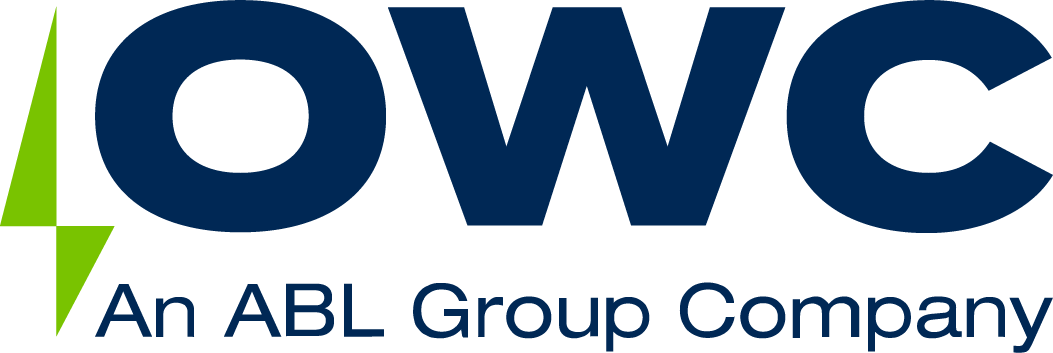Meet the Team: Masataka Nakagawa | OWC Japan
At OWC, our teams are constantly expanding, into more locations, in expertise and in sectors of influence, so that our people can truly drive safety and sustainability across our energy and oceans.
Our people are at the heart of what we do, and we invite you to get to know our team members so you can meet the energy behind change.
This week, we speak to Masataka Nakagawa – Floating Wind Team Lead for OWC in Japan.
What does your day-to-day look like at OWC?
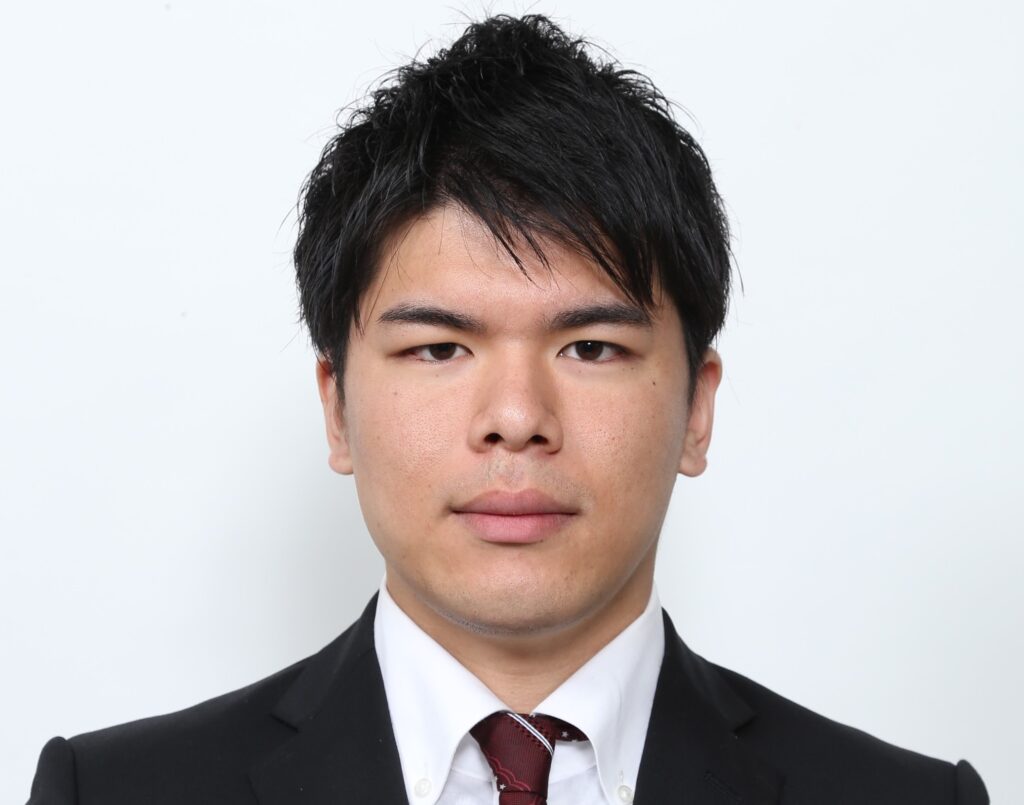
As a floating wind team leader for OWC in Japan, my responsibilities are developing and updating the strategy to enhance local presence, performing business development activity based on the Japanese dynamic market updates, executing and managing ongoing floating wind projects, and on-the-job basis training for colleagues.
As a unique selling point, we support developers, EPCI contractors, and even suppliers which have an interest in floating wind in Japan, thus our services cover a broader range of services, such as market entry study, demand estimation for Floating Offshore Wind (FOW) components, site screening and ranking studies including for the Exclusive Economic Zones (EEZ), desktop study, floater selection and shortlisting study, floater fabrication and wind turbine generator (WTG) integration study, technical due diligence for floating wind projects, developers and technology providers, and feasibility study for floating wind projects in Japan.
What inspired you to join your industry?
Japan is known as an “economic superpower with resource-poor country” and indeed Japan’s primary energy self-sufficiency ratio is considerably low (11.3%, as of 2020) – ranked 37th out of 38 OECD countries after Great East Japan Earthquake in 2011.
In addition, Japan is the third largest coal importer, fourth largest crude oil importer and largest LNG importer in the world as of 2019, resulting 84.8% of total primary energy supply (TPES) is coming from fossil fuels.
Furthermore, roughly 70% of onshore area is covered by mountain, resulting in much higher population density at habitable areas compared to UK, France, Germany etc., so limited availability for onshore renewable such as wind, solar PV etc.
However, Japan has the six-largest economic exclusive zone (EEZ) in the world, thus offshore renewable energy, especially, offshore wind is regarded as key to achieving carbon neutrality by 2050.
My background is in naval architecture and marine engineering and Japan has the third largest shipbuilding industry, following China and South Korea. But in the end, I was inspired to contribute to Japan’s carbon neutrality by offering my skills to support the development of the country’s offshore wind industry.
Can you tell us about something exciting you are working on right now?
One of the greatest advantage to working in a consultancy company is behaving neutral, thus allowing us to engage with every developer, EPCI contractor, and supplier. The floating offshore wind industry in Japan is still young, and there are number of companies that don’t have floating wind experience and require the support from a seasoned and independent advisor, like OWC.
Thus, engaging and supporting many developers, EPCI contractors, and suppliers is a valuable experience and I am proud to contribute to the floating offshore wind industry in Japan.
In addition, one of my responsibility is to develop a strong floating wind team in Japan, so I need to do all the aspects, such as recruiting, marketing, business development, strategy development etc., which are challenging, but exciting for me.

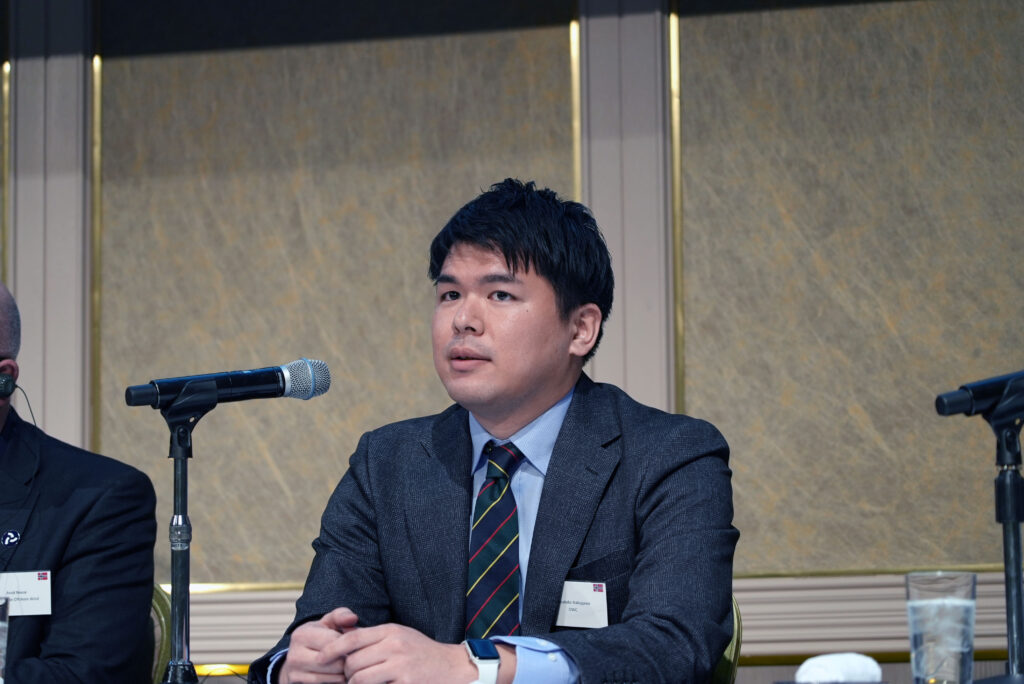
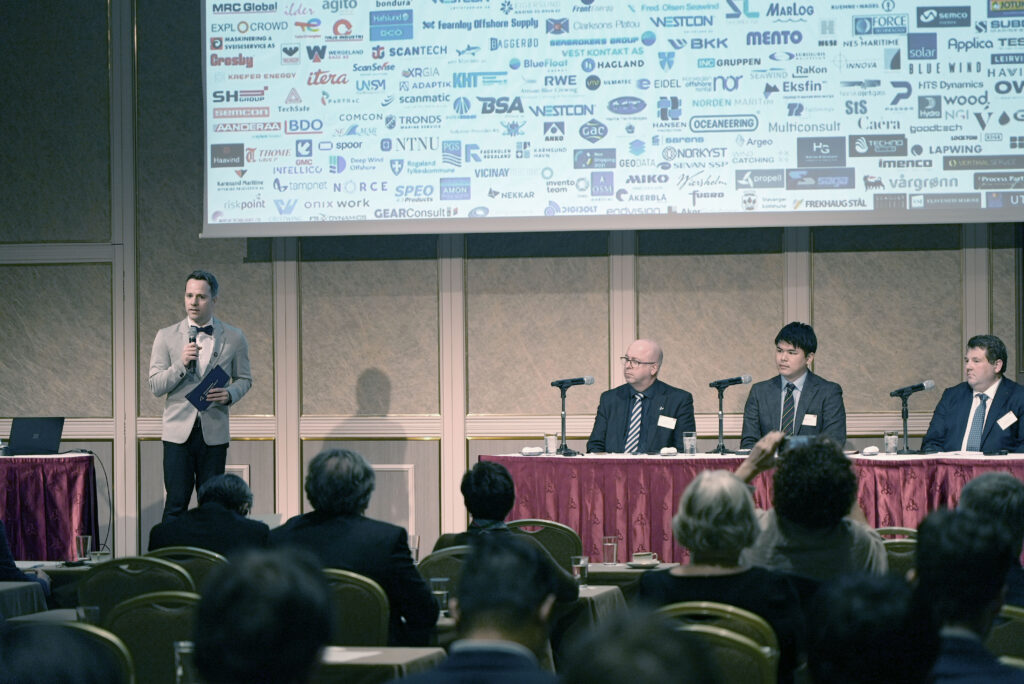
What does the future look like in energy and oceans in Japan?
To date, more of the offshore wind developments are fixed-bottom offshore wind and indeed there are 27 offshore wind pipelines in Japan, but only 3-4 projects are designated as floating offshore wind. However, there are a lot of activities ongoing to accelerate floating offshore wind – green innovation fund for floating wind demonstration project, amendment of “Act on Promoting the Utilisation of Sea Areas for the Development of Marine Renewable Energy Power Generation Facilities” to allow offshore wind development in EEZ, US / Japan collaboration with floating wind, and establishment of floating offshore wind technology research association (FLOWRA) with 14 Japanese companies.
In addition, as per GWEC, fixed-bottom offshore wind potential is 122 GW while floating offshore wind is 1,775 GW, which is roughly 15 times larger than fixed-bottom, so to achieve offshore wind target by 10 GW / 2030 and 30-45 GW by 2040, I would expect that floating offshore wind development will be increased exponentially in the coming years.
What do you enjoy most about working as part of the ABL Group team in Japan?
I am currently based in Hokkaido, which has beautiful nature and delicious food and has been designated as most attractive prefecture in Japan for 14 straight years since 2009.
OWC allows me for flexible working style and this vitalises me a lot – in my spare time, I enjoy bike, golf, and ski, as well as taking in the beautiful surrounding nature and the magnificent views of the operational offshore wind farm in Hokkaido.
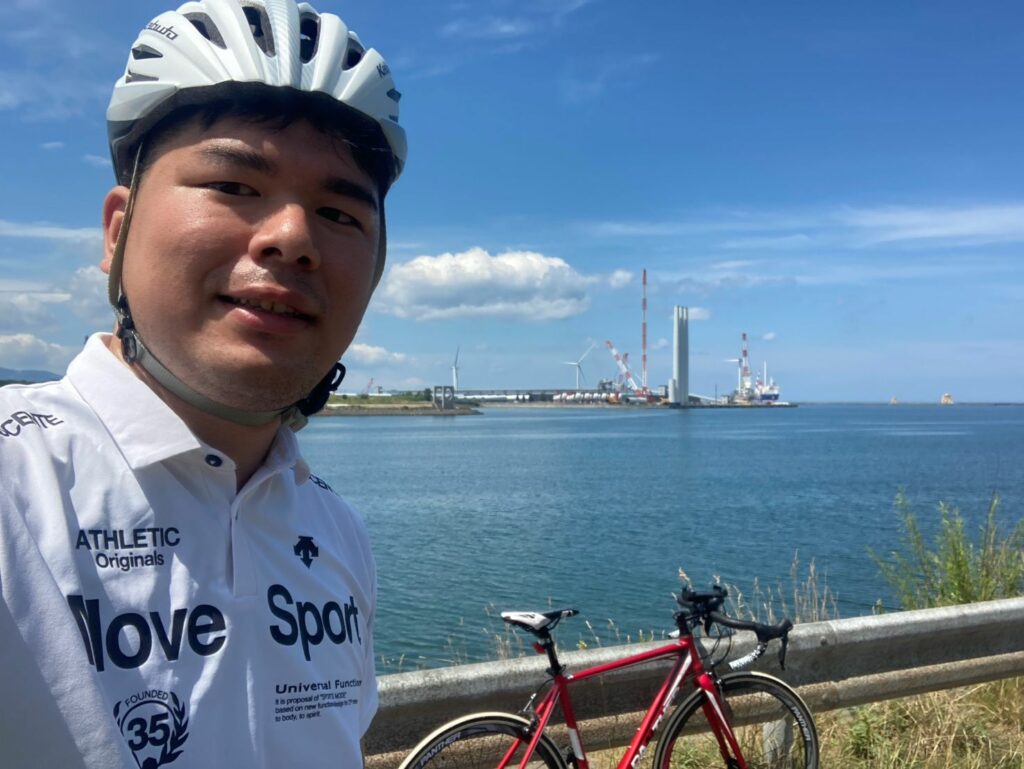
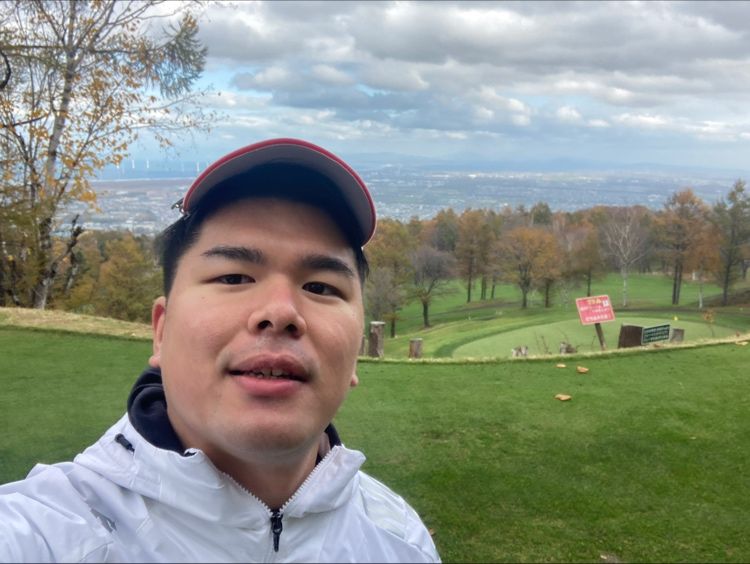
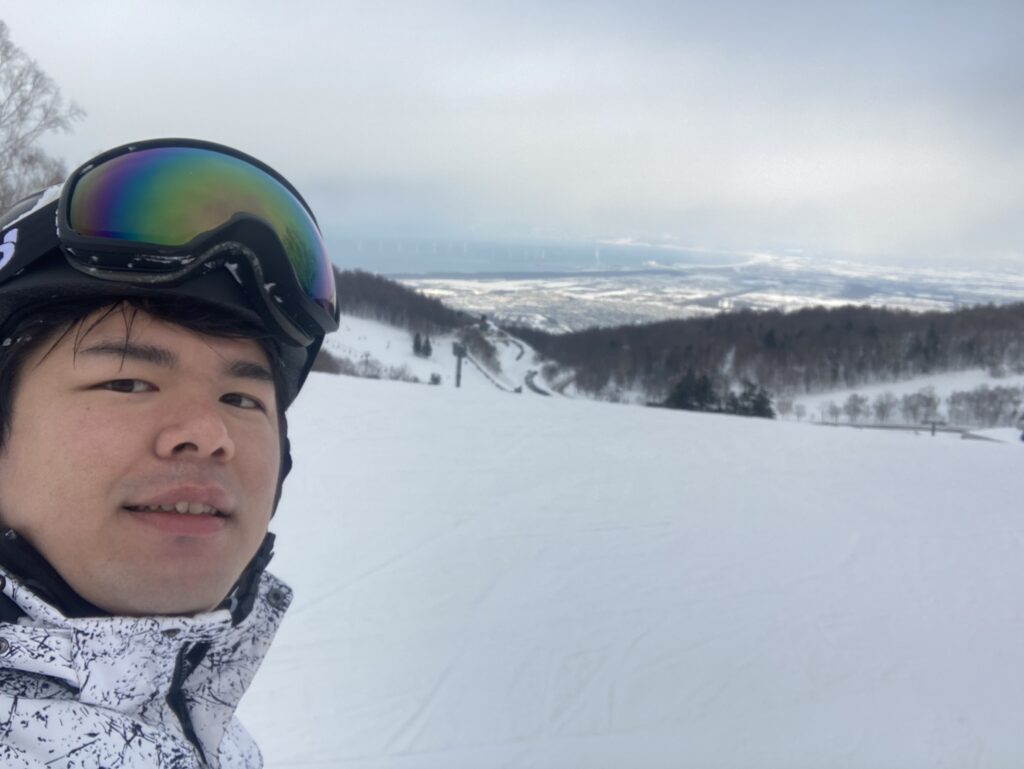
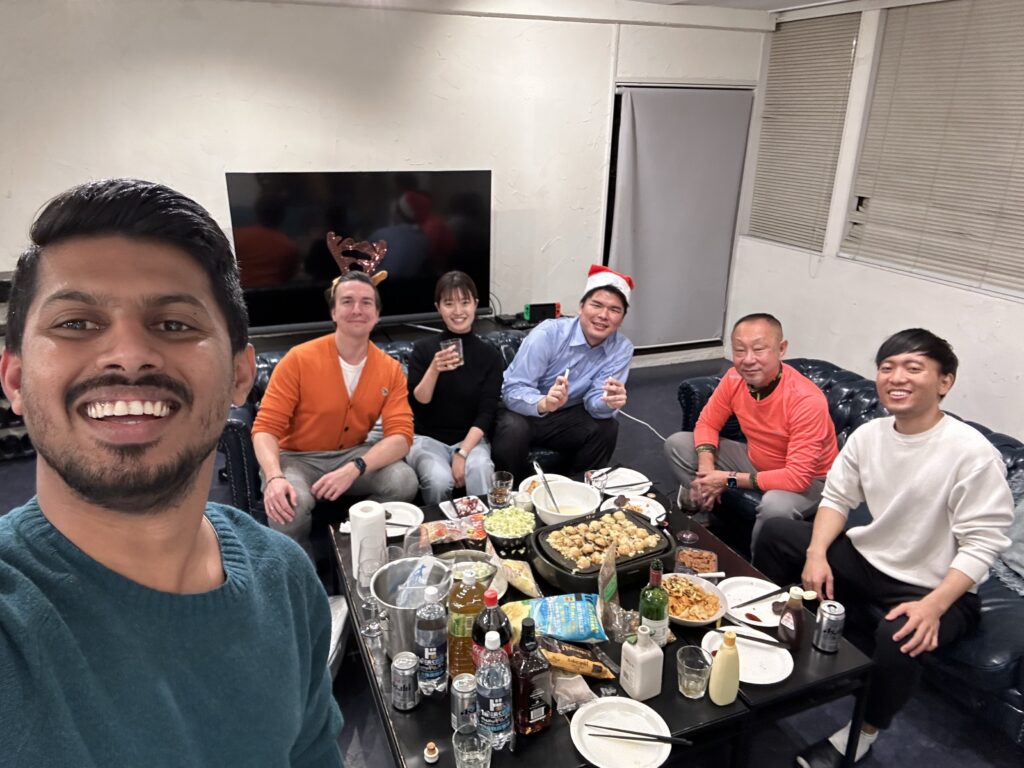
Hokkaido will be the epicentre of offshore wind in Japan and indeed Japan targets 30-45GW offshore wind by 2040 and 1/3 of offshore wind will be installed only in Hokkaido, so excited to support and accelerate offshore wind activities in Hokkaido.
Also, I travel to Tokyo once a month or two months and enjoy to spend fun time with great colleagues in Japan.
Find out more about OWC’s operations in Japan and how they can support the design, development and delivery of your offshore and floating wind farm in Japan:
Contact OWC Japan
